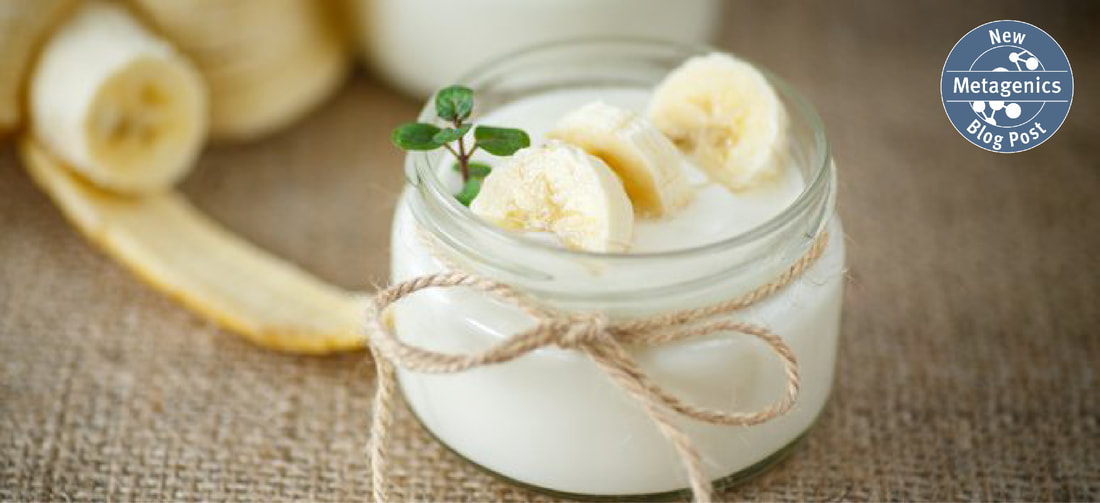|
By Whitney Crouch, RDN, CLT
Probiotics. We’ve all heard the buzzword, and many are now familiar with the term the “good guys” in the gut…but what do they do? What are they, exactly? Do prebiotics act alongside probiotics? How are they beneficial to the host or their gut microbiota? These are questions that have been explored recently, and the answers are only the beginning of where the science of prebiotics and probiotics will go. Probiotics
The two most investigated prebiotics are fructans and galactans. Fructans include inulin and FOS, which can be found in many common foods, including blue agave, chicory root, garlic, onion, Jerusalem artichokes, leeks, asparagus, dandelion greens, and bananas.6 GOS, a functional alternative to HMOs, are found in infant formulas and are also found in seaweed and legumes like chickpeas, lentils, kidney beans, and green peas.7 Whereas the average dietary fiber supports the health of both the “good” and “bad” microbiota in our guts, prebiotics are more targeted in that they selectively support the microbiota that support the host—the humans or animals that the microorganisms live in. How do prebiotics work to support probiotics and human health? Prebiotics are fermented by human gut microbiota (remember: probiotics help colonize the gut with healthy microbes) into short-chain fatty acids (SCFAs) acetate, propionate, and butyrate. SCFAs are increasingly recognized as signaling molecules that mediate the interaction between the diet, the gut microbiota, and the host.8 Locally in the gut, SCFAs serve as energy substrates for cells of the colon and play a role in host metabolism.8-9 A fraction of the colon-produced SCFAs reach the systemic circulation and directly affect the function and metabolism of peripheral organs and tissues, such as the liver, the pancreas, adipocytes, immune cells, and skeletal muscle tissue. Studies show that the permeation of SCFAs throughout the body are involved in maintaining glucose and lipid metabolism and may provide an important target for other facets of health as well.9 There are health benefits to be had for individuals consuming probiotics with prebiotic compounds; however, there may be contraindications for some patients. It should be noted that people with sensitivities to fermentable oligosaccharides, disaccharides, monosaccharides, and polyols (FODMAPs) should use caution and consult a knowledgeable healthcare practitioner before incorporating higher amounts of prebiotic foods or supplements. The market for supplements containing prebiotics or pre-/probiotic combinations and the body of research science supporting their clinical use are both growing, with more discoveries and targeted approaches to be revealed. It’s important to choose high-quality supplements to ensure the best symbiotic relationship between pre- and probiotic strains, which in turn can increase the efficacy of this combination. References
0 Comments
Leave a Reply. |
Categories
All
Archives
April 2024
|
|
Join Our Community
|
|
Amipro Disclaimer:
Certain persons, considered experts, may disagree with one or more of the foregoing statements, but the same are deemed, nevertheless, to be based on sound and reliable authority. No such statements shall be construed as a claim or representation as to Metagenics products, that they are offered for the diagnosis, cure, mitigation, treatment or prevention of any disease. |



 RSS Feed
RSS Feed